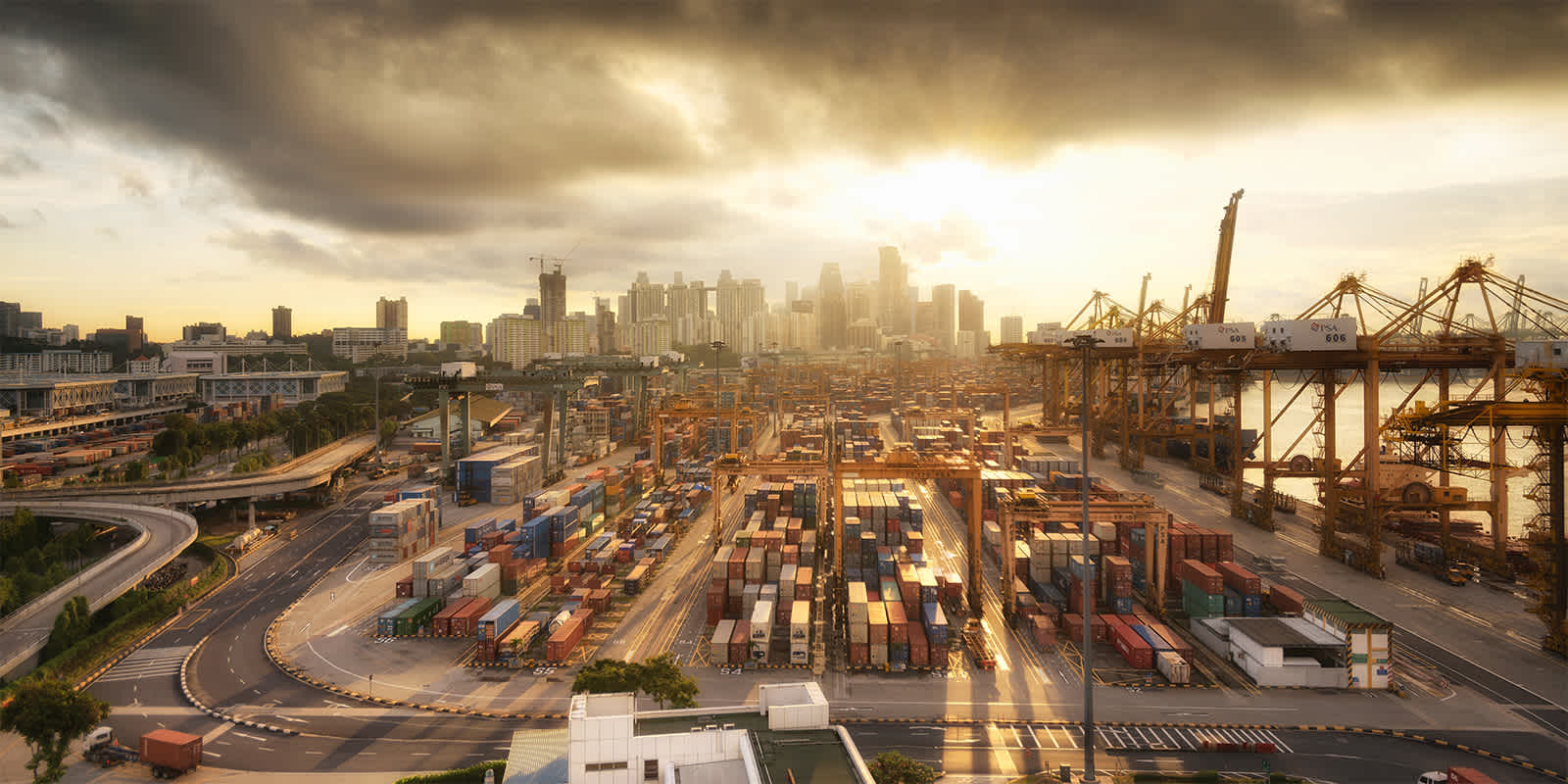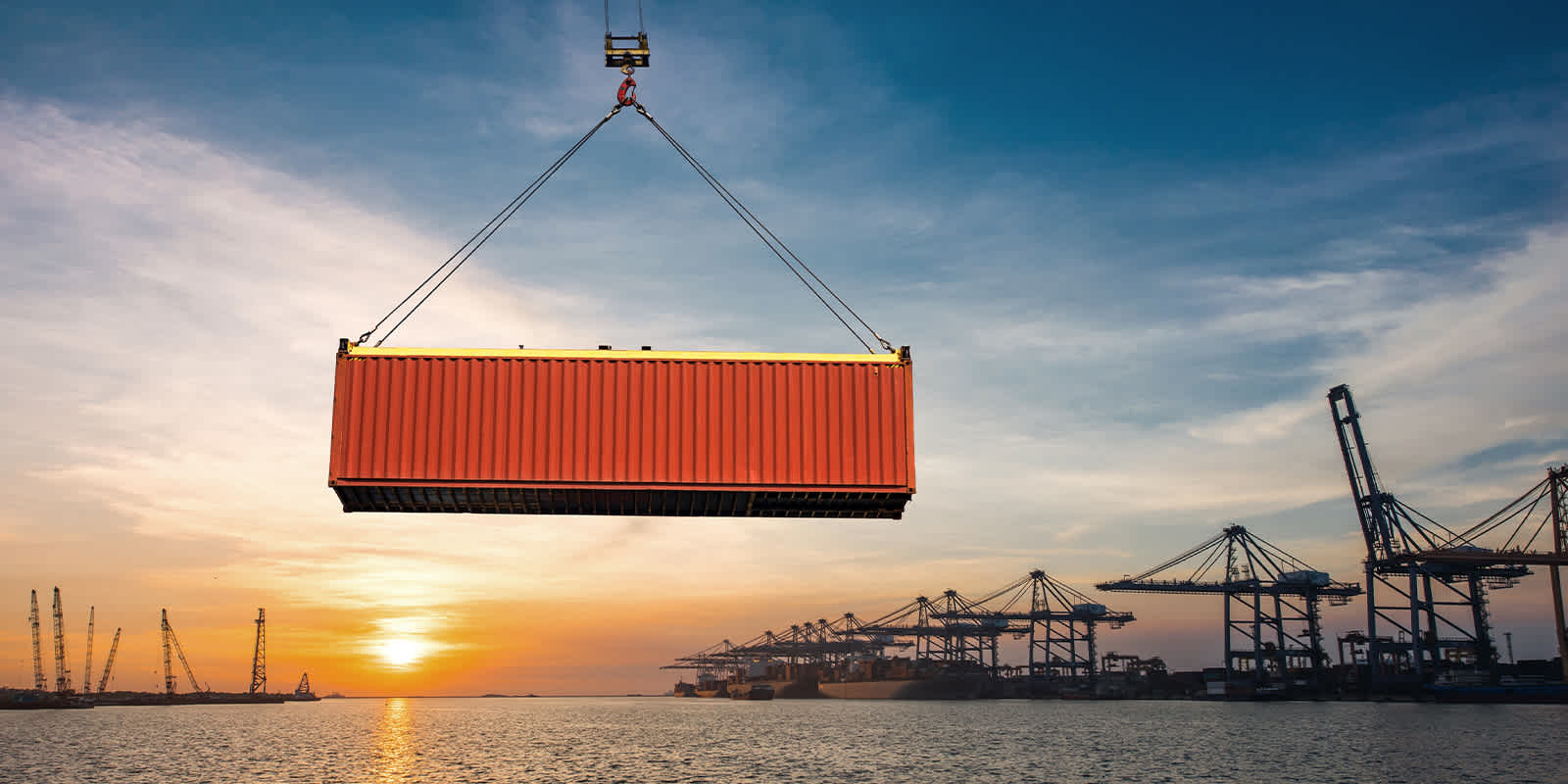
03.01.2020
Customs Update: EU-Singapore Free Trade Agreement (EUSFTA)
Customs Update: EU-Singapore Free Trade Agreement (EUSFTA)
A WTO report shows that trade wars and unresolved trade disputes are resulting in a decrease in overall trade volume—not to mention uncertainty. For those who seek more predictability in global trade, free trade agreements (FTAs) provide much-needed clarity and certainty to supply chains. Having recognized this, the European Union (EU) has turned its face towards Southeast Asia and reached an agreement with Singapore—EUSFTA.
Singapore stands as the first step towards the EU’s ultimate goal of concluding an agreement with the Association of Southeast Asian Nations (ASEAN). As the Council on Foreign Affairs notes, that association exists specifically to promote economic, political, and security cooperation among its members.
Not Every Sector Immediately Benefits
As of the effective date of the Agreement on November 21, 2019, approximately 84% of Singapore’s exports to the EU are able to enter duty free.¹ The sectors benefiting from immediate removal of tariffs are electronics, petrochemicals, pharmaceuticals, and processed agricultural products. For the rest, tariffs will be removed within three to five years, depending on the sector.
After three years (by January 1, 2023), certain types of textiles and carpets will start to benefit from the duty-free trade. At that stage, 90% of the trade between the EU and Singapore is expected to be duty free. At the last stage, tariffs on bikes, cereals, fruits, and sports footwear will be removed as well, and trade between the EU and Singapore will be customs duty-free.
Less Stringent and More Flexible Rules of Origin (ROO)
Mastering the rules of origin is key to benefiting from preferential duty rates. That’s because customs and tariffs are subject to change with each product and where it was manufactured. The same can be said with every FTA: Each new agreement comes with its own rules of origin methods and requirements. However, EUSFTA proves to be more flexible and liberal compared to other rules of origin.
In the case of EUSFTA, there are two main criteria for products to benefit from preferential origin. First, they must be wholly obtained in either Singapore or the EU. Second, they must meet sufficient processing qualifications that prove materials used in production—which might have originated outside of those countries—does not exceed 40% of the ex-works (EXW) price of the final product.
Just purchasing raw material locally on the domestic market does not make that material an "originating" element of the overall bill of materials; the raw material supplier must be able to document that the material was actually locally manufactured or produced to FTA standards.
Supply chains may also benefit from the rules of origin on two points: Co-Equal Rules and the ASEAN cumulation, a concept that is common to the ASEAN and is now incorporated in EUSFTA.
Co-equal rules let supply chains take advantage of a change between tariff classification or regional value content (RVC)² to qualify as a good originating in Singapore. In EUSFTA, most of the product lines in electronics, electrical equipment and petrochemical sectors, for example, have co-equal rules. Therefore, supply chains in Singapore can benefit from reduced or zero tariff rates.
ASEAN cumulation provides even more flexibility to supply chains in Singapore by allowing them to source raw materials and parts from other ASEAN member states. However, this concept comes with certain conditions. First, materials originating in an ASEAN country can be considered as originating in the EU or Singapore only if those materials are further processed into one of the [products listed in the treaty].³ A second point worth noting is that drafters of EUSFTA have incorporated the European version of Minimum Processing Requirements—likely to discourage manufacturers from exploiting EUSFTA’s more relaxed, liberal rules of origin.
Customs and Trade Facilitation: A Transcontinental Harmonisation?
Because efficiency is key in global trade, Singapore and the EU have taken steps towards more harmonised customs procedures.
- Simplified import and export procedures and requirements. EUSFTA aims to reduce costs and increase predictability for supply chains on both sides. It focuses on harmonisation of documentation procedures and data requirements to expedite the release and clearance of goods through customs.
- Reinforcement on matters related to preferential origin of goods, their valuation and tariff classification. Incorrect classification causes delays in customs clearance processes and leads to excess duties. Further cooperation between Singapore and EU on this matter will help stem these issues.
- Better trade, better supply chain security. Singapore and the EU aim to facilitate trade via reciprocal recognition of Authorised Economic Operators (AEOs) programs, which were introduced by World Customs Organisation (WCO). These programs can reduce the overall amount of checks on shipments to Singapore or Europe.
The Ripple Effect of Global Trade
As US President Donald Trump continues to contemplate trade war moves, the EU could be his next target. Another factor in the mix is WTO authorization of $7.5 billion worth of punitive tariffs on European goods as a response to the EU’s Airbus subsidies. Brussels, meanwhile, has threatened the US with retaliation—a decision that would only contribute to the outbreak of yet another trade war. Although US tariffs account for less than 5% of overall EU exports to the US,⁴ the EU’s shift in focus to Southeast Asia will be advantageous.
EUSFTA embraces a regionally inclusive attitude that will likely gather other ASEAN member countries. Understanding what the agreement provides is paramount, especially now—at the dawn of this brand-new partnership, during an ambiguous transitional period. The best approach is to consult with a customs broker or freight forwarder to understand how your supply chain can benefit from EUSFTA.
¹ European Commission and Ministry of Trade and Industry Singapore, European Union-Singapore Trade and Investment Agreements, Luxembourg: Publications Office of the European Union, 2019 https://trade.ec.europa.eu/doclib/docs/2019/february/tradoc_157684.pdf (accessed January 2, 2020).
² The RVC determines the origin of the good based on its value. If a certain amount of the good’s value originates in a member country, that good is deemed as originating in that member country.
³ European Union-Singapore Free Trade Agreement, European Union and Singapore, 19 October 2018, Protocol I Art 3(9) (entered into force 21 November 2019).
⁴ This data was taken from the international trade statistics between the US and the EU. For more information, please visit: https://ec.europa.eu/eurostat/statistics-explained/index.php/USA-EU_-_international_trade_in_goods_statistics





